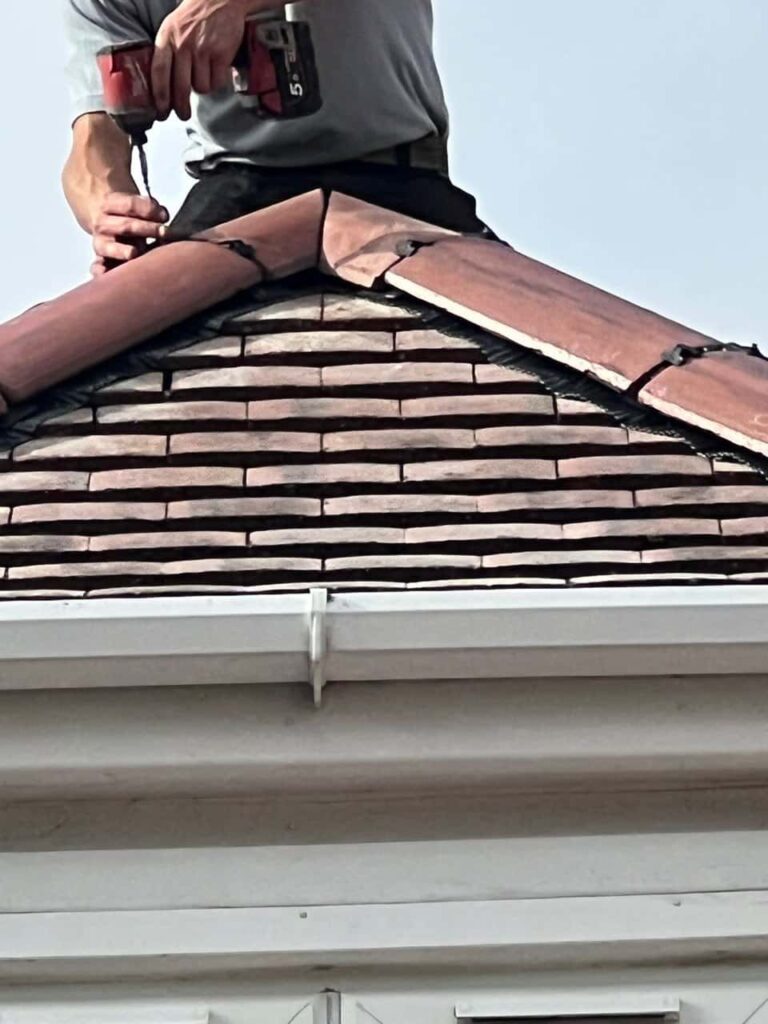Introduction: Flat roofs are common in commercial and residential buildings, offering practicality and modern aesthetics. However, they are prone to various issues, such as leaks, moisture intrusion, and insulation deficiencies. Traditional visual inspections may not always reveal underlying problems, making it challenging to detect issues before they escalate. In this blog post, presented by New Ollerton Roofing Repairs, we’ll explore the role of thermal imaging in flat roof inspections and how it enhances the accuracy and effectiveness of identifying potential problems.
Understanding Thermal Imaging:
Thermal imaging, also known as infrared thermography, is a non-invasive technology that captures and analyses the heat emitted by objects and surfaces. In the context of flat roof inspections, thermal imaging cameras detect temperature differentials across the roof surface and identify areas of potential moisture intrusion, insulation deficiencies, and other anomalies.
The Benefits of Thermal Imaging in Flat Roof Inspections:
- Early Detection of Moisture Intrusion: Moisture trapped within flat roof assemblies can lead to mould growth, structural deterioration, and reduced insulation effectiveness. Thermal imaging enables early moisture intrusion detection by identifying temperature differentials caused by wet insulation or substrate materials. This allows for proactive repairs before extensive damage occurs.
- Comprehensive Assessment: Unlike visual inspections, which rely on surface-level observations, thermal imaging provides a comprehensive assessment of the entire roof surface, including concealed areas inaccessible to the naked eye. This ensures that potential issues are identified accurately and promptly addressed.
- Cost-Effective Diagnosis: Thermal imaging allows roofing professionals to pinpoint problem areas precisely, reducing the need for invasive and costly diagnostic methods such as destructive testing or extensive roof tear-offs. By identifying issues early on, property owners can avoid expensive repairs and prolong the lifespan of their flat roof systems.
- Enhanced Safety: Traditional roof inspections often require workers to access elevated areas, posing safety risks and potential liabilities. Thermal imaging eliminates the need for physical roof inspections, minimising the risk of accidents and injuries associated with working at heights.
- Documentation and Reporting: Thermal imaging cameras capture detailed thermal images of the roof surface, providing objective evidence of existing conditions. These images can generate comprehensive inspection reports, documenting findings and recommendations for repair or maintenance.
Best Practices for Thermal Imaging Flat Roof Inspections:
- Schedule inspections during daylight hours when there is a significant temperature differential between the interior and exterior of the building.
- Ensure optimal weather conditions, avoiding inspections during rainy or overcast days that may affect thermal imaging accuracy.
- Collaborate with experienced roofing professionals trained in thermal imaging techniques to interpret findings accurately and recommend appropriate solutions.
Conclusion: Thermal imaging technology revolutionises flat roof inspections by offering unparalleled accuracy, efficiency, and reliability in detecting potential issues. By harnessing the power of thermal imaging, property owners can proactively identify and address roofing problems before they escalate, ultimately extending the lifespan of their flat roof systems and minimising maintenance costs.
Call us on: 01623 701 196
Click here to find out more about New Ollerton Roofing Repairs
Click here to complete our contact form and see how we can help with your roofing needs.

